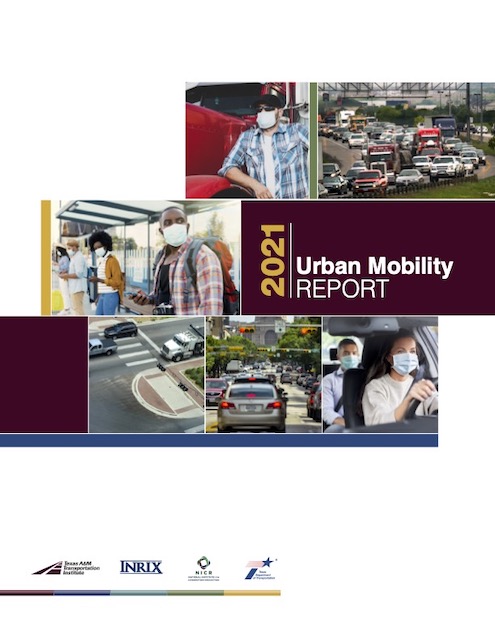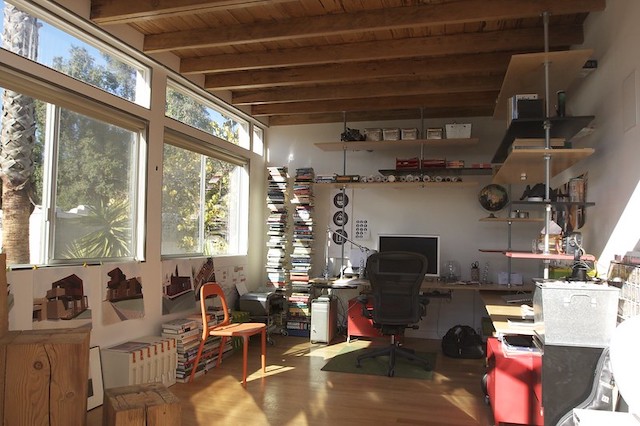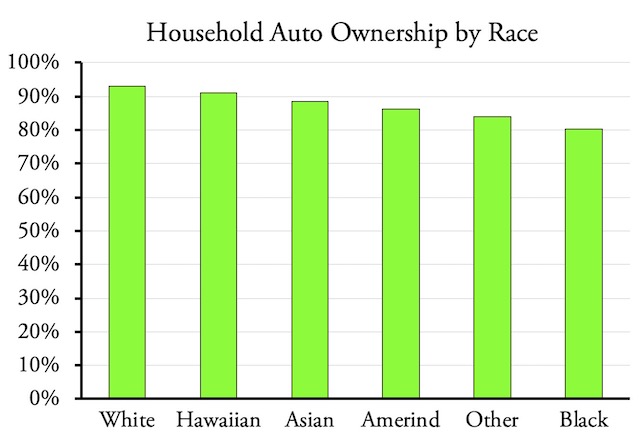Someone should teach The Hill‘s headline writers a little history. A recent article about why we should give more subsidies to Amtrak and high-speed rail was headed, “The US is a first-world nation with a third-world rail system.”
Actually, the United States is a first-world nation with a first-world rail system which is probably the best rail system in the world. The only other contender for the title would be Canada.
Few people seem to remember that “first-world” terminology grew out of the Cold War. At that time, the First World consisted of capitalist countries such as the United States and Canada while the Second World was socialist countries such as the Soviet Union and China. The Third World included developing countries that hadn’t really decided whether they were going to follow the capitalist or socialist model (with those that failed to choose capitalism remaining poor today). Continue reading












